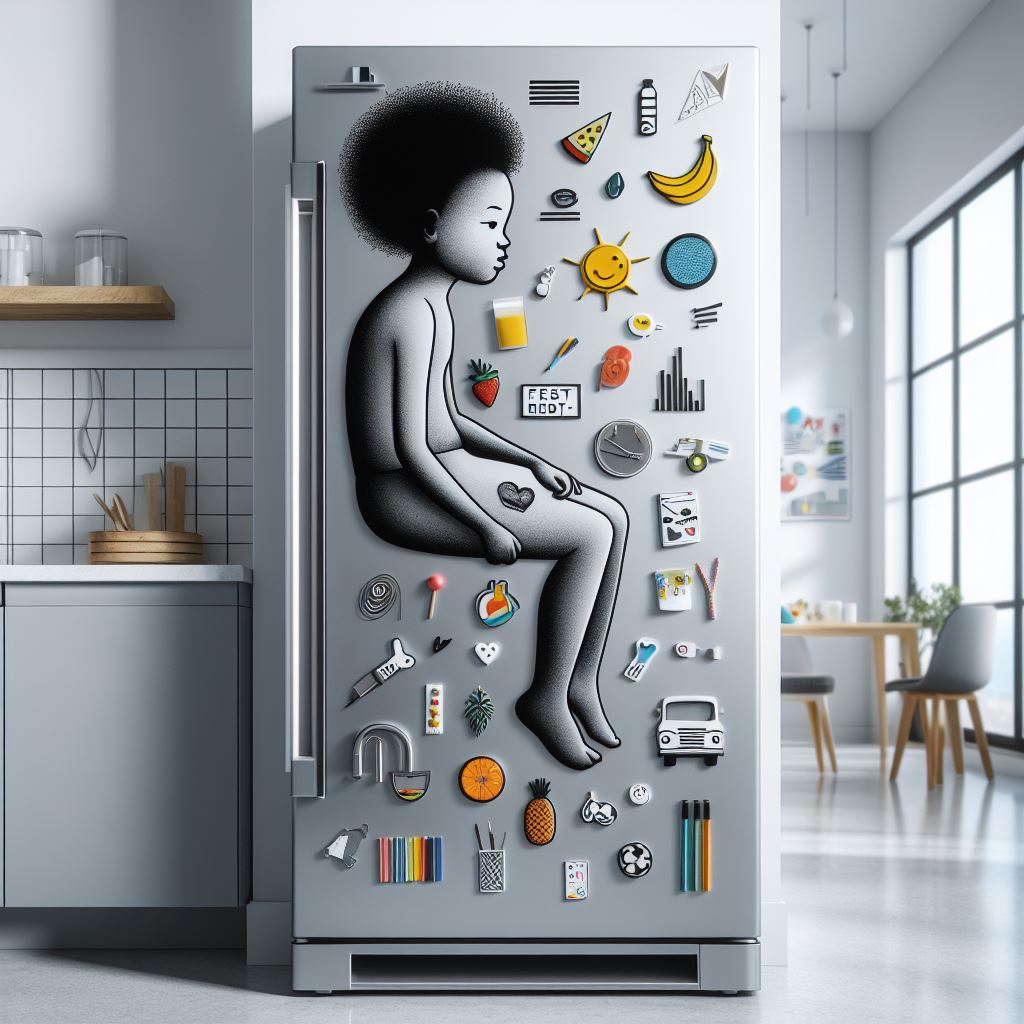Have you ever opened your refrigerator only to find a pool of water at the bottom? It can be frustrating and confusing to see water where it shouldn’t be. There are a few reasons why this might be happening, and understanding the cause can help you address the issue and prevent it from happening again. Let’s explore why your refrigerator might have water in the bottom and what you can do about it.
Default Ad Code 1
If you’ve ever opened your refrigerator and found a pool of water in the bottom, you may be wondering what could be causing this issue. There are a few common reasons why water may be accumulating in the bottom of your refrigerator, and knowing the cause can help you address the problem and prevent it from happening in the future.
One possible reason for water in the bottom of your refrigerator is a clogged or frozen defrost drain. The defrost drain is responsible for carrying water from the defrost cycle out of the refrigerator and into a pan underneath the unit, where it evaporates. If the defrost drain becomes clogged with food particles or ice, the water will have nowhere to go and may end up pooling in the bottom of the refrigerator. To fix this issue, you can try clearing the drain with a pipe cleaner or hot water to melt any ice blockages.
Another common cause of water in the bottom of a refrigerator is a faulty or improperly installed water filter. If the water filter is not seated correctly or is damaged, it can leak water into the refrigerator instead of filtering it properly. Check the water filter for any signs of damage or misalignment, and replace it if necessary.
Additionally, a malfunctioning or overflowing ice maker can also lead to water accumulation in the bottom of the refrigerator. If the ice maker is not properly connected or is leaking water, it can cause a buildup of water in the bottom of the unit. Inspect the ice maker for any leaks or issues, and make sure it is properly connected to the water supply line.
It’s also possible that the door gasket on your refrigerator is damaged or worn out, allowing warm air to enter the unit and create condensation. This condensation can then pool in the bottom of the refrigerator. Check the door gasket for any signs of damage, and replace it if necessary to prevent further water buildup.
In some cases, a malfunctioning or improperly adjusted temperature control can also lead to water accumulation in the bottom of a refrigerator. If the temperature is set too low, it can cause excess condensation to form inside the unit, which may result in water pooling in the bottom. Make sure the temperature controls are set to the recommended levels for your specific refrigerator model.
Overall, there are several possible reasons why water may be accumulating in the bottom of your refrigerator. By identifying the cause of the issue and taking appropriate steps to address it, you can prevent further water buildup and keep your refrigerator functioning properly. If you are unable to determine the cause of the problem or if the issue persists, it may be best to consult a professional appliance repair technician for further assistance.
Default Ad Code 2
1. Why is there water in the bottom of my refrigerator?
– The most common reason for water in the bottom of a refrigerator is a clogged or frozen defrost drain. When the defrost drain is blocked, water from the defrost cycle cannot properly drain out and ends up pooling at the bottom of the fridge.
2. How can I fix the water in the bottom of my refrigerator?
– To fix the issue of water in the bottom of your refrigerator, you can try to unclog the defrost drain by manually clearing out any debris or ice that may be blocking it. You can also try pouring hot water down the drain to help melt any ice blockages.
3. Is water in the bottom of my refrigerator a serious problem?
– While water in the bottom of a refrigerator may not seem like a serious issue, if left untreated it can lead to mold and mildew growth, as well as potential damage to the interior components of the fridge. It’s best to address the issue as soon as possible to prevent any further damage.
Default Ad Code 1
